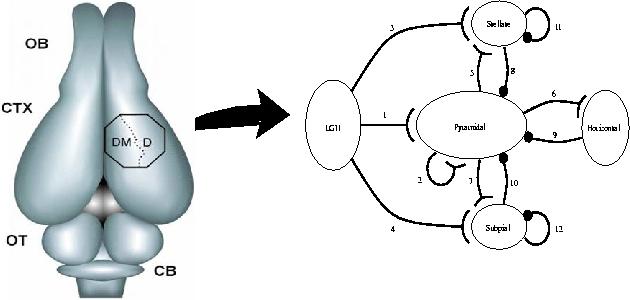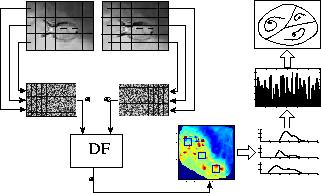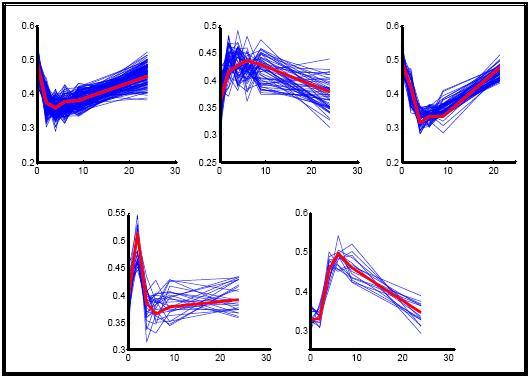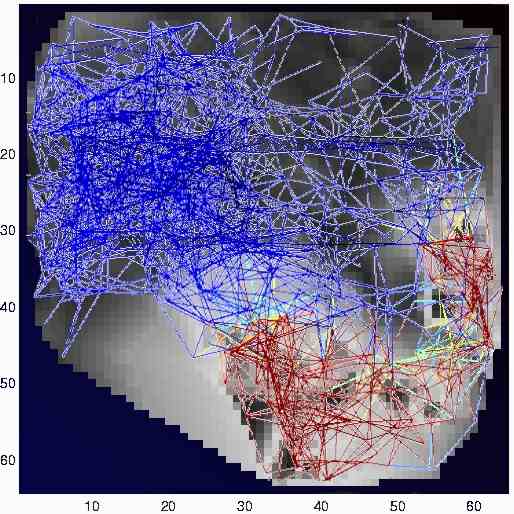|
|
||||
 |
Dynamics of
the turtle visual cortex Design of sensor networks Wenxue Wang, Bijoy K. Ghosh Waves of activity produced by the large scale model of turtle visual cortex with visual stimuli encodes visual information. In this study, we address how images of objects in three dimensional space from multiple sensors are encoded using a sparse coding with an overcomplete set of basis functions and subsequently how the codes from individual sensors are fused to produce a data stream of vectors. More ... |
|||
 |
||||
|
|
||||
 |
Bio-inspired Encoding
of Images with Spatiotemporal Activity Waves Jenner J. Joseph, Bijoy K. Ghosh The visual cortex of freshwater turtles can be viewed as a pattern generating system when stimulated by visual targets. We aspire to build a model of the visual pathway using a sequence of natural scenes as stimuli. This is done in two phases: In the forward phase, each image is mapped onto a fixed architecture given by the distribution of the turtle’s lateral geniculate nucleus (LGN) cells. These cells are viewed as sensing devices and we optimize the representation of the natural inputs with respect to the LGN distribution. More ... |
|||
|
|
||||
 |
Modeling of
retinal networks |
|||
|
|
||||
 |
Dynamical
Systems Approach to Modelling Gene Expression Profiles Thanura Elvitigala, Bijoy K. Ghosh The goal of this project is to apply various engineering techniques including cluster analysis and sequnce searching to identify corregulated genes and their similarities. Microarray data from different experiments are being analyzed in order to identify main behavioral patterns in genes. These expression profiles are then used to build dynamical systems which can axproximate such behaviors. More ... |
|||
|
|
||||
 |
Synaptic Adaptation in the Visual Cortex Model Zachary V. Frendenburg, Bijoy K. GhoshThis project explores the effects of Hebbian learning on the wave activity patterns of the freshwater cortex model. The Hebbian synaptic weight learning rule is the most basic and wide spread learning rule used in neuromodeling. However, to date there has been little work done in applying this simple learning mechanism to significantly large scale cortex models. The visual cortex of a freshwater turtle, when stimulated by a pattern of light, produces waves of activity that have been both recorded experimentally and simulated using a large scale model cortex. More ... |
|||
|
|
||||
|
|
||||
|
|
||||
 |
|
|||
|
|
||||
CBCIS home | About | Personnel | Research | Publications | Events | Links |
||||
| Sign our guestbook | Usage statistics | ||||
|
© 1999 Washington University Last modified :Wednesday, 26-Oct-2005 10:26:05 CDT Comments to webmaster |
||||